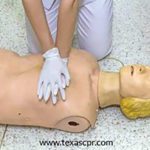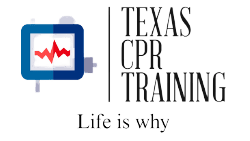
Adult CPR
A lifesaving technique useful in many emergencies, including heart attack or near drowning, in which someone’s breathing or heartbeat has stopped. The American Heart Association recommends that everyone — untrained bystanders and medical personnel alike — begin CPR with chest compressions.
CPR can keep oxygenated blood flowing to the brain and other vital organs until more definitive medical treatment can restore a normal heart rhythm.
When the heart stops, the lack of oxygenated blood can cause brain damage in only a few minutes. A person may die within eight to 10 minutes.
HOW TO DO ADULT CPR
Before starting CPR,
CHECK:
Is the environment safe for the person?
Tap or shake his or her shoulder and ask loudly, “Are you OK?”
If the person doesn’t respond and two people are available, one should call 911 or the local emergency number and one should begin CPR. If you are alone and have immediate access to a telephone, call 911 before beginning CPR .
Check for breathing no more than 10 seconds. If they are not breathing or are gasping begin CPR
COMPRESSIONS:
Put the person on his or her back on a firm surface.
Kneel next to the person’s neck and shoulders.
Place the heel of one hand over the center of the person’s chest, between the nipples. Place your other hand on top of the first hand. Keep your elbows straight and position your shoulders directly above your hands.
Use your upper body weight (not just your arms) as you push straight down on (compress) the chest at least 2 inches (approximately 5 centimeters) but not greater than 2.4 inches (approximately 6 centimeters). Push hard at a rate of 100 to 120 compressions a minute. After 30 compressions move to airway.
AIRWAY:
Open the person’s airway using the head-tilt, chin-lift maneuver. Put your palm on the person’s forehead and gently tilt the head back. Then with the other hand, gently lift the chin forward to open the airway.
With the airway open (using the head-tilt, chin-lift maneuver), pinch the nostrils shut for mouth-to-mouth breathing and cover the person’s mouth with yours, making a seal.
Give the first rescue breath — lasting one second — and watch to see if the chest rises. If it does rise, give the second breath. If the chest doesn’t rise continue to compressions.
Continue cycles of 30 compressions and 2 breaths until an ambulance arrives.
If interested in learning adult CPR sign up for a class at Texas CPR
Jennie Khonsari – 214-770-6872 – Texas CPR Training, www.texascpr.com
